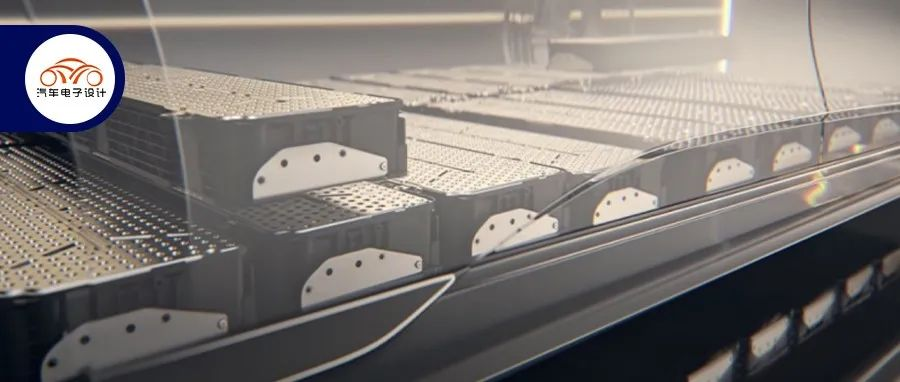Lucid Motors Unveils Battery Design Technology in Official Tech Talks
By: Zhu Yulong
On YouTube, US new energy company Lucid Motors released a video showcasing its battery design technology (a total of 10 episodes in its official Tech Talks series), which will be introduced by Lucid’s CEO and CTO Peter Rawlinson.
This battery system design covers Lucid Air Pure (88kWh), Lucid Air Pure (93kWh), Lucid Air Grand Touring (112kWh), and Lucid Air Dream Edition (118kWh).
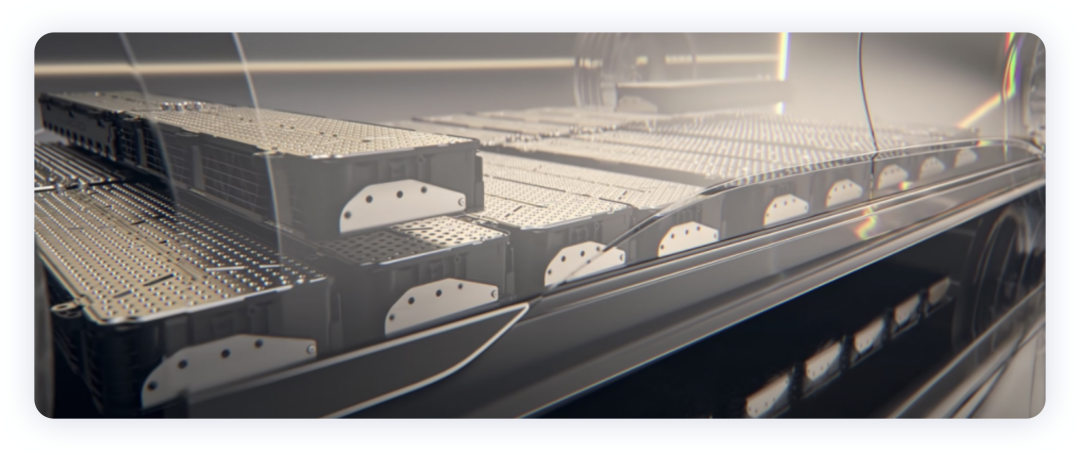
The main differences between this system and traditional designs are:
-
Battery cooling technology: The battery is cooled from the top/end.
-
Electrical connections are encapsulated in injection molded plastic.
-
Inside the battery module, there are 10 sets of battery cell series (maximum voltage 42V), with each set consisting of 30 cells in parallel, separated by insulating materials; there are 22 battery modules, with a maximum voltage of 924V.
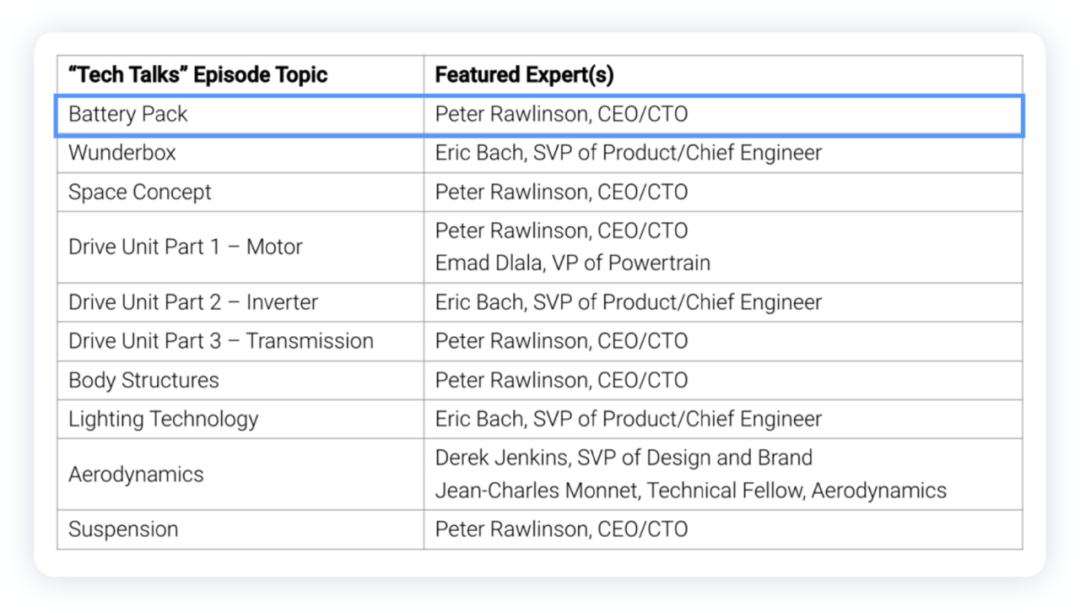
Details in the Video
First, let’s take a look at the design of the cylindrical module.
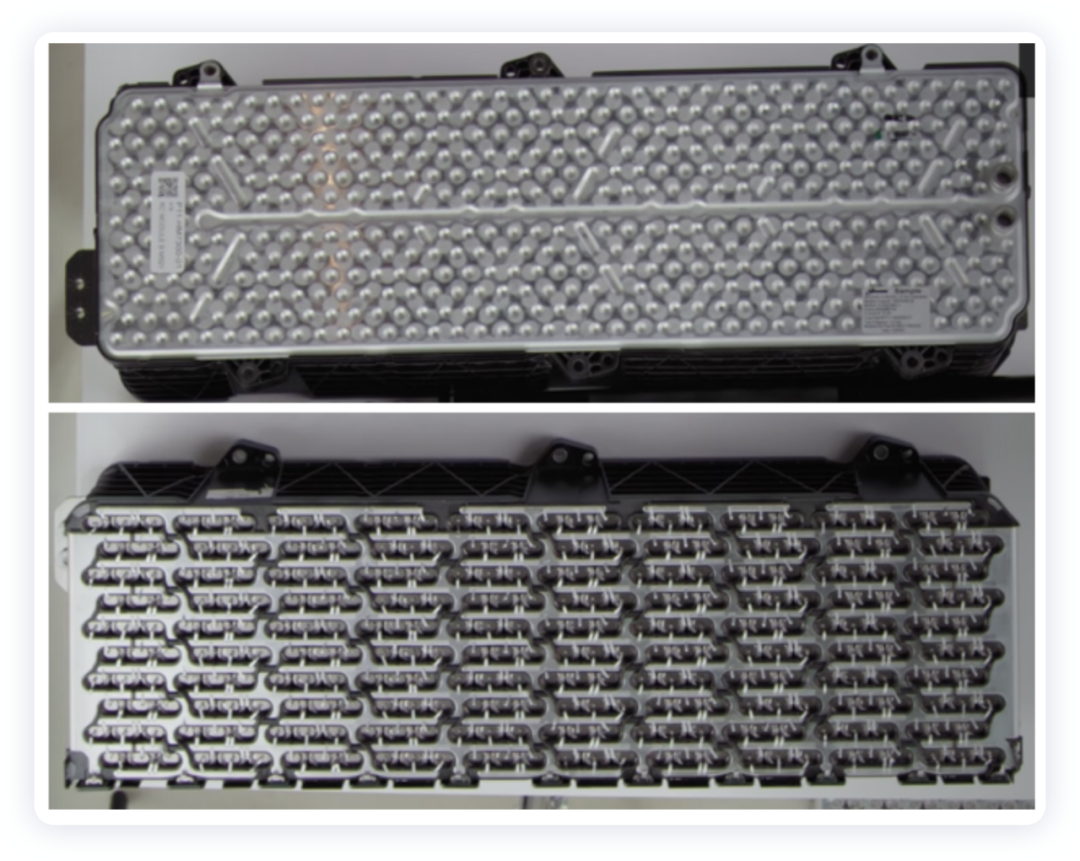
Electrically speaking, Lucid allows the Busbar to be injection molded with the plastic support structure, which serves several purposes:
- It improves production efficiency.- The connection between the busbar and battery cells has been simplified;
- Lucid has innovated in the electrical connection of their battery cells, as the top needs to be designed for heat dissipation, necessitating the electrical connections to be made on one end of the cells, as shown below, using aluminum sheets for connection and safety protection through melting fuses.
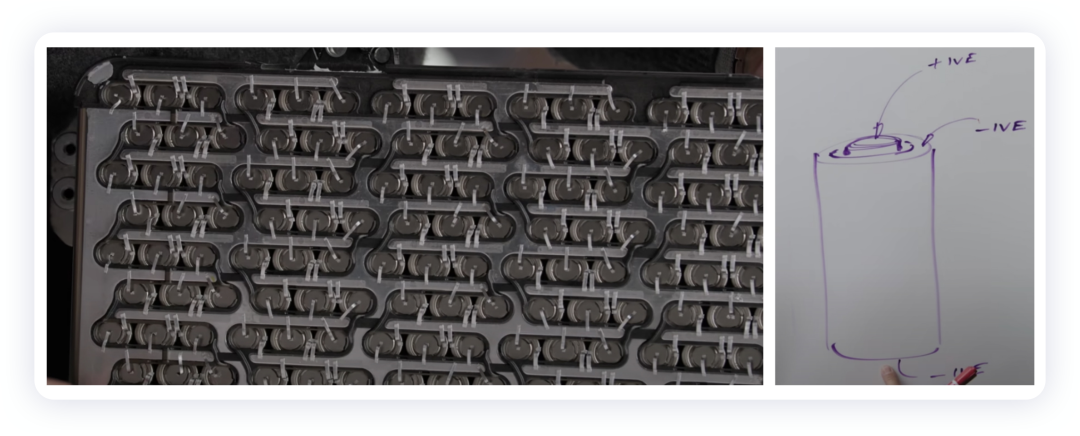
The reason for injecting plastic onto the busbar is to create an integrated insulation design for the framework as a whole.
This is all for the sake of heat dissipation on the top. Nowadays, many automotive companies prefer this type of top heat dissipation design, which connects the top of the battery cells to the heat sink, isolating the heat from the battery and the outside.
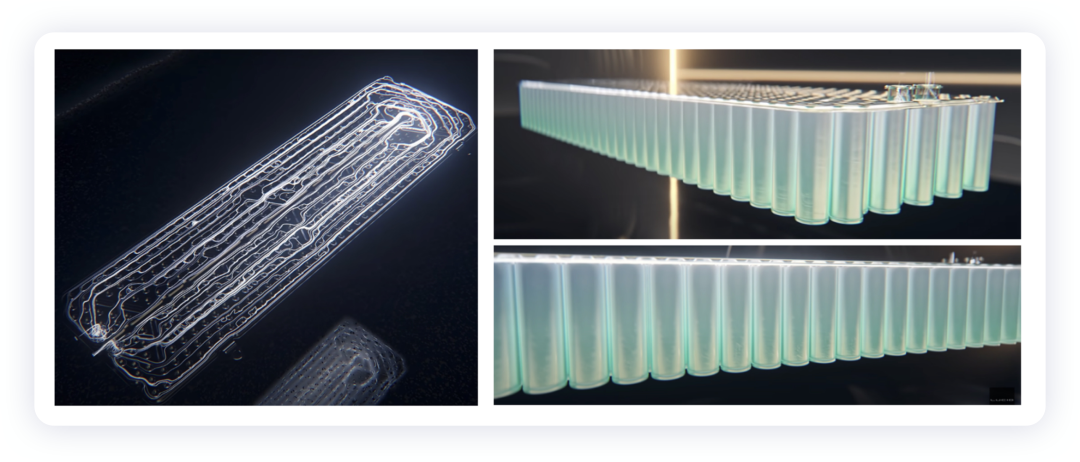
Lucid employs a flat cooling design on the top. Under non-load conditions, good contact between the cold plate and the bottom is ensured by controlling the clearance. The part of the liquid cooling plate that is in direct contact with the battery cells uses thermally insulating material to ensure insulation while maintaining contact.
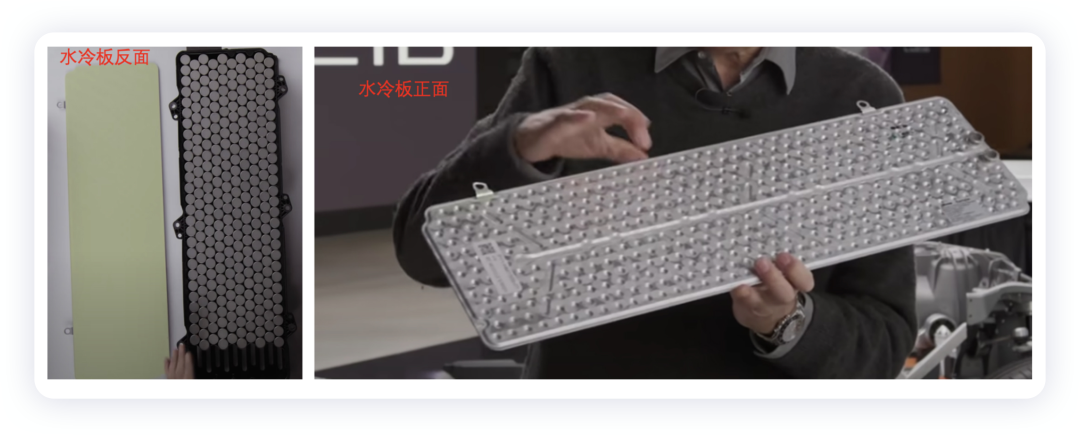
Lucid also uses a distributed battery management system with sampling boards embedded in the modules, while the BMS main system is housed on a separate board, as shown below.
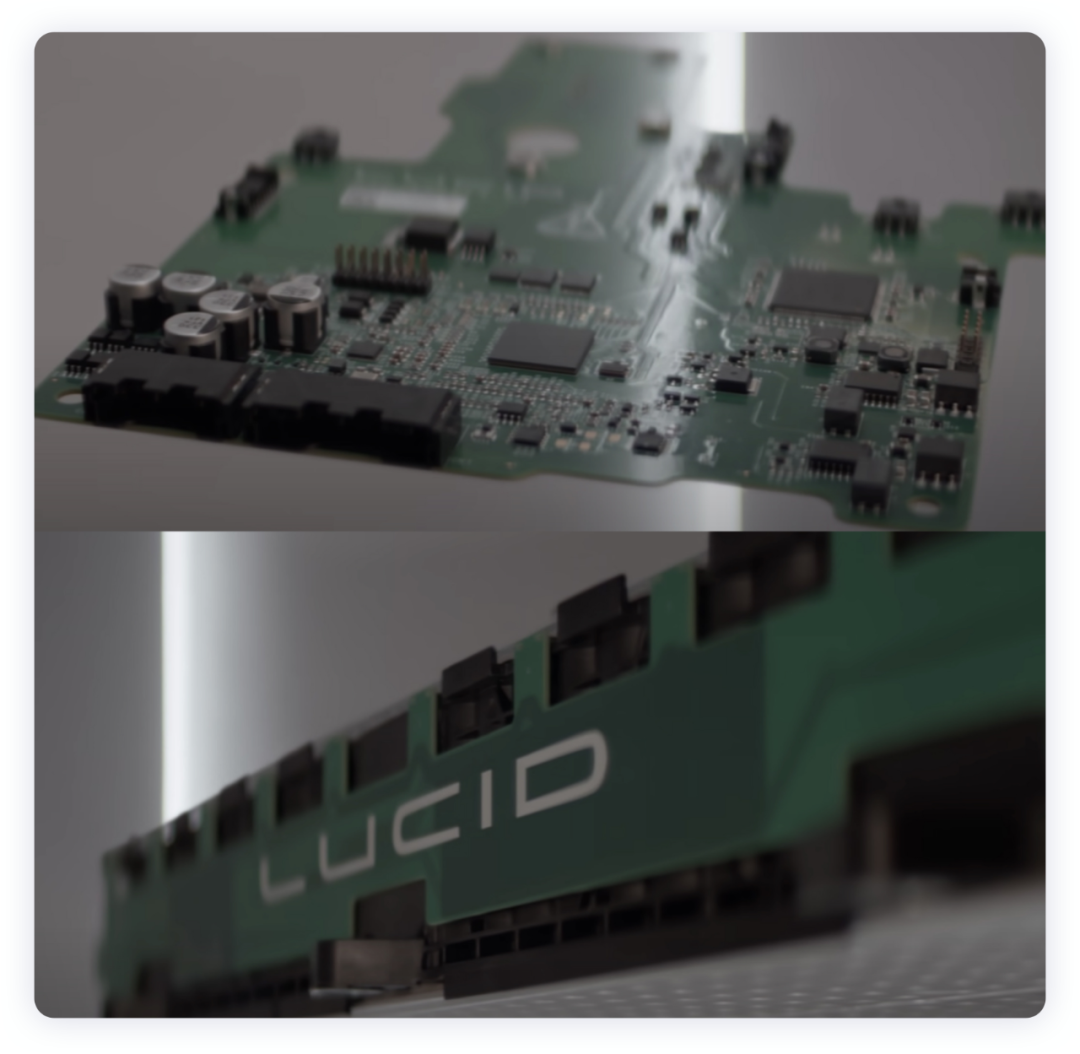
The BMU is located on top of a module, as shown below.
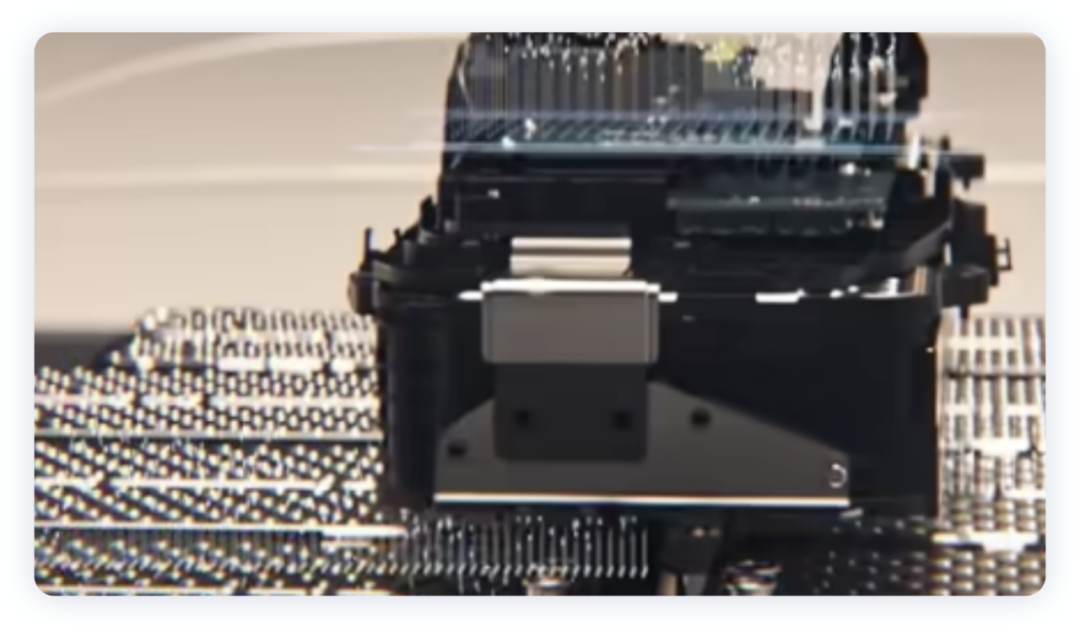
Comparison with Tesla’s Top Cooling (4680) Method
Of course, what Tesla wants to do is to provide support and pressure release at the bottom, while making electrical connections and insulation designs at the top, and allowing the heat generated by the busbars to dissipate through thermal conductive gel.Compared with Lucid’s method of embedding plastics for electrical connections at the top, this electrical insulation and thermal dissipation mode may have a more direct effect. In addition, with the existing heat dissipation plate, this design is not excessive for the charging curve that is particularly prone to heat generation with a 400V900A rating.
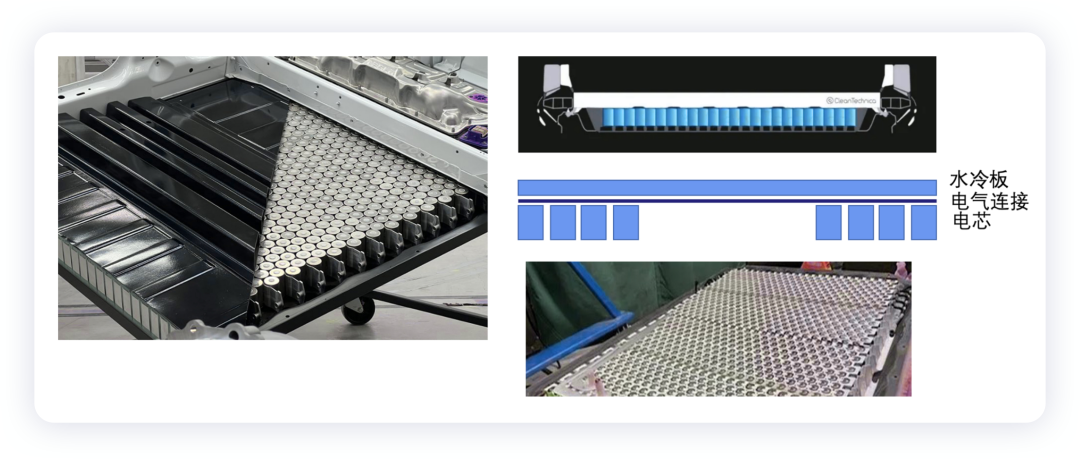
Looking forward to the completion of the 4680 Model Y delivery in March, after the actual product design is completed, we will see the performance differences between this generation of products and domestic batteries.
Conclusion: There are still many cylindrical battery designs in the United States, while in China, few people are willing to use cylindrical battery applications mainly because it is difficult to bridge the gap between product design and manufacturing. The solution of automakers is still to directly rely on suppliers to manufacture faster, while the capabilities of major cylindrical suppliers are also quite limited.
This article is a translation by ChatGPT of a Chinese report from 42HOW. If you have any questions about it, please email bd@42how.com.
